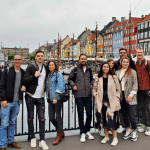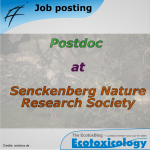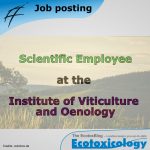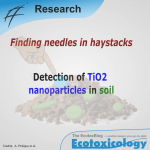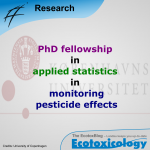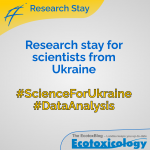After a long wait of 2 years, the 32nd annual meeting of SETAC Europe was held in Denmark IN – PERSON! Researchers from all over the globe participated in the meeting; a handful of them from University of Koblenz – Landau. In this blogpost, Verena Gerstle, one of those representing our University at the 32nd SETAC conference recounts the group’s experience in her own words:
Continue readingCopenhagen: First in-person SETAC Europe Annual meeting after 2 years
